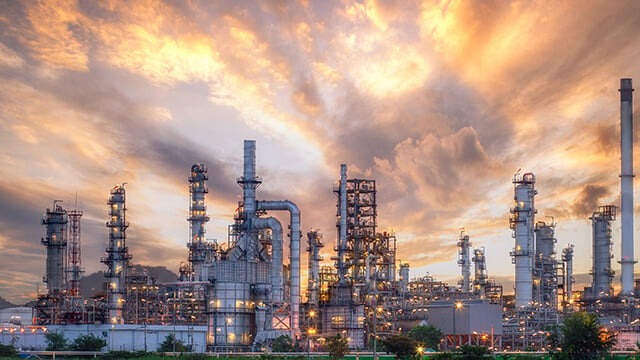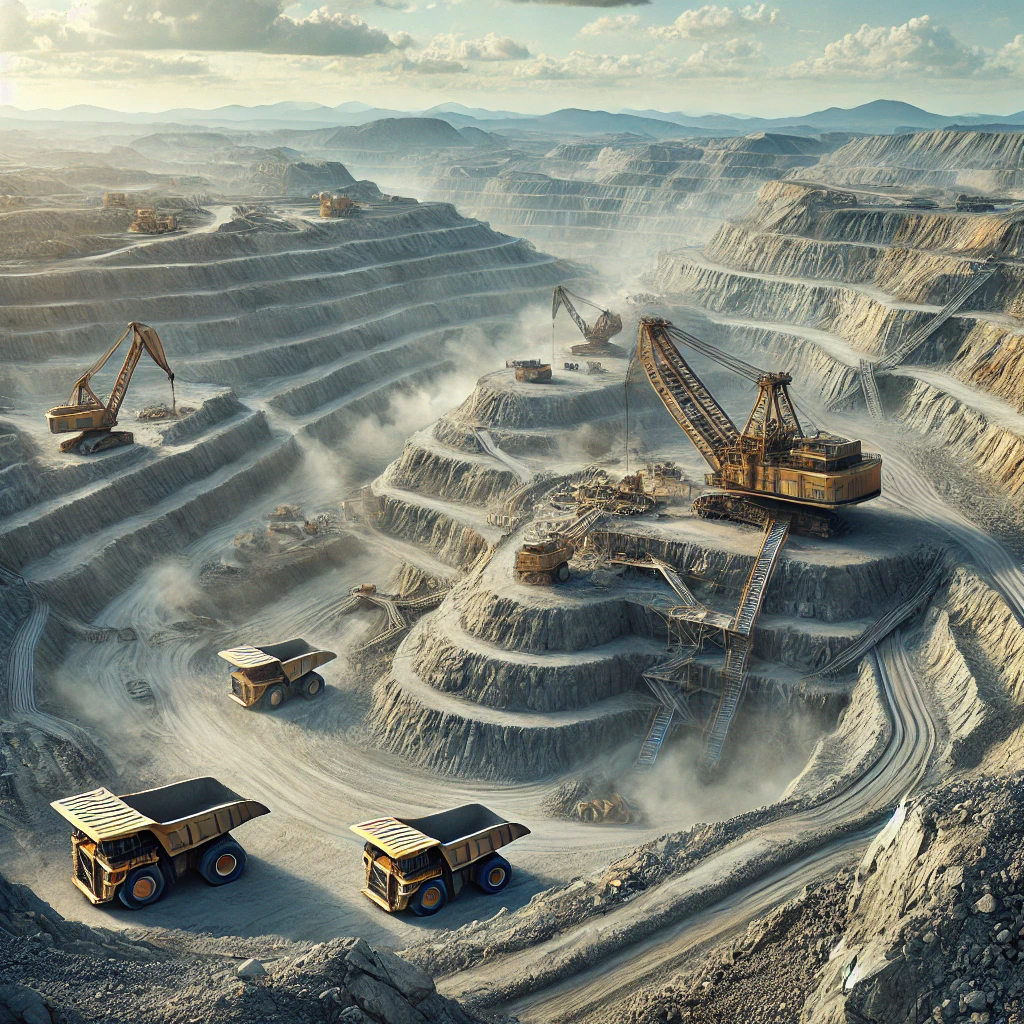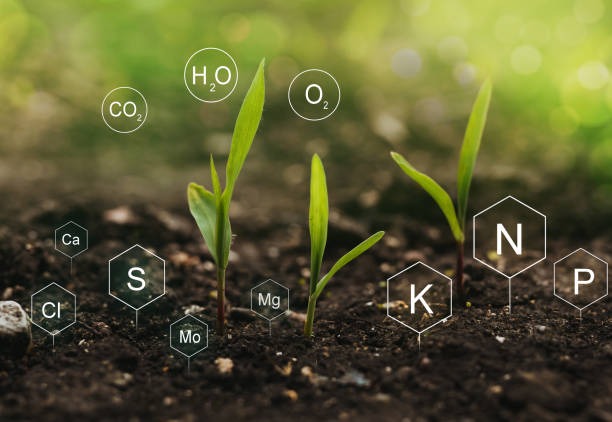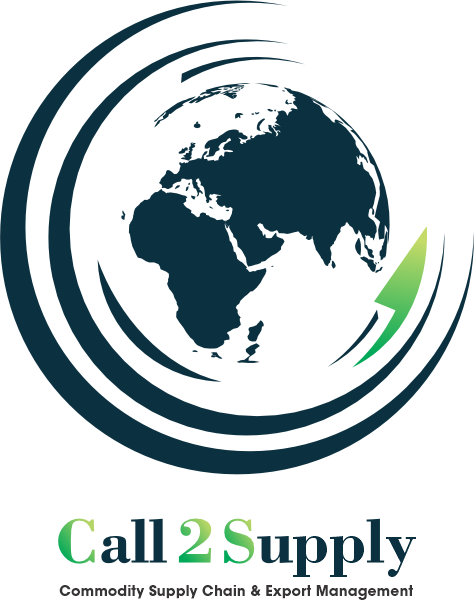This essay provides a comprehensive overview of Iran’s petrochemical industry, its development, current state, economic significance, challenges, and future prospects, highlighting its strategic importance on the global stage.
Iran is endowed with some of the world’s largest reserves of oil and natural gas, positioning it as a crucial player in the global energy market. The petrochemical industry, which converts these raw materials into valuable products, is a vital component of Iran’s economy. This essay explores the development, current state, challenges, and future prospects of Iran’s petrochemical industry, highlighting its global impact and strategic significance.
- Historical Background
The roots of Iran’s petrochemical industry can be traced back to the mid-20th century when the country began harnessing its vast hydrocarbon resources to produce value-added chemical products. The establishment of the National Petrochemical Company (NPC) in 1964 marked the beginning of a systematic approach to developing this sector. The NPC was tasked with overseeing the planning, construction, and operation of petrochemical facilities, laying the foundation for future growth.
In the 1970s, Iran’s petrochemical industry experienced significant expansion due to increased oil revenues. This period saw the construction of several key plants, such as the Bandar Imam Petrochemical Complex, which remains one of the largest in the Middle East. However, the 1979 Islamic Revolution and the subsequent Iran-Iraq War (1980-1988) disrupted this momentum, causing substantial damage to infrastructure and halting further development.
Post-war reconstruction efforts in the late 1980s and 1990s aimed to revive the industry. Iran focused on rebuilding its petrochemical plants and expanding capacity. The 1990s saw the implementation of several five-year development plans, emphasizing the diversification of the economy and reducing dependence on crude oil exports. These efforts included attracting foreign investment and technological expertise to modernize the sector.
- Current State of Iran’s Petrochemical Industry
Today, Iran’s petrochemical industry is a cornerstone of its economy and a significant player in the global market. The NPC, still a major entity, along with numerous private and semi-private companies, leads the industry. The sector’s production capacity has grown substantially, with Iran becoming one of the world’s top producers and exporters of various petrochemical products.
- Industry Overview
Iran’s petrochemical industry produces a wide range of products, including ethylene, methanol, urea, polyethylene, and more. Ethylene, a basic building block for many chemicals, is particularly significant, with Iran being one of the largest producers globally. The country also produces large quantities of methanol, primarily used in the production of formaldehyde and other chemicals, and urea, a key component in fertilizers.
- Production Capacity and Output
According to recent data, Iran’s petrochemical production capacity stands at around 90 million tons per year, with plans to increase this to over 130 million tons by 2025. This expansion is part of Iran’s long-term vision to enhance its industrial capabilities and boost exports. In 2020, Iran produced approximately 66 million tons of petrochemical products, demonstrating its substantial output and capacity to meet both domestic and international demand.
- Economic Significance
The petrochemical industry is a major contributor to Iran’s economy, generating significant revenue and providing employment opportunities. It plays a crucial role in diversifying the economy, reducing reliance on crude oil exports, and adding value to the country’s vast hydrocarbon resources.
- Contribution to Iran’s Economy
The petrochemical sector accounts for a substantial portion of Iran’s non-oil exports, contributing billions of dollars in revenue annually. It is estimated that petrochemical exports generated around $15 billion in 2020, a figure expected to rise as capacity increases. The industry’s contribution to Iran’s GDP is significant, and it is a key driver of economic growth and stability.
- Employment and Regional Development
The petrochemical industry is also a significant source of employment, providing jobs for tens of thousands of Iranians. The development of petrochemical plants and related infrastructure has led to regional development, particularly in areas near production facilities. This has spurred economic activity, improved living standards, and created ancillary industries, further enhancing the sector’s economic impact.
- Role in International Trade
Iran’s petrochemical industry is integral to its international trade, with products exported to numerous countries worldwide. The global market for petrochemical products is vast, and Iran’s strategic location and resource base allow it to be a competitive supplier.
- Export Destinations and Trading Partners
Iran exports petrochemical products to over 60 countries, with significant markets in Asia, Europe, and Africa. Key trading partners include China, India, Turkey, and various European nations. China, in particular, is a major importer of Iranian methanol and other petrochemical products, reflecting strong bilateral trade relations.
- Impact of Global Market Trends on Iran’s Exports
Global market trends, such as fluctuations in demand, pricing, and competition, significantly influence Iran’s petrochemical exports. The rise of Asian economies, particularly China and India, has increased demand for petrochemical products, benefiting Iran. However, competition from other major producers, such as Saudi Arabia and the United States, poses challenges. Iran must continuously adapt to these market dynamics to maintain and grow its market share.
- Challenges and Constraints
Despite its strengths, Iran’s petrochemical industry faces several challenges that constrain its growth and development. These include geopolitical tensions, economic sanctions, and domestic issues.
- Sanctions and Geopolitical Tensions
One of the most significant challenges facing Iran’s petrochemical industry is the impact of international sanctions, particularly those imposed by the United States. These sanctions target key sectors of Iran’s economy, including petrochemicals, and restrict access to international markets, financing, and technology.
- Impact of U.S. Sanctions
U.S. sanctions have had a profound impact on Iran’s petrochemical industry, limiting its ability to export products and attract foreign investment. Sanctions have also hindered the import of essential equipment and technology, slowing down modernization and expansion efforts. The re-imposition of sanctions in 2018, following the U.S. withdrawal from the Joint Comprehensive Plan of Action (JCPOA), exacerbated these challenges, leading to significant revenue losses.
- International Diplomatic Challenges
Iran’s petrochemical industry is also affected by broader geopolitical tensions and diplomatic challenges. Regional conflicts, such as those in Syria and Yemen, and strained relations with Western countries create an uncertain business environment. These tensions complicate efforts to establish stable trading relationships and attract long-term investments.
- Domestic Issues
In addition to external challenges, Iran’s petrochemical industry faces several domestic issues that impact its performance and growth prospects.
- Infrastructure and Technological Challenges
Iran’s petrochemical infrastructure, while extensive, requires significant modernization and expansion to meet future demands. Aging facilities and outdated technology limit efficiency and productivity. Investments in new technologies, such as advanced catalysts and automation, are essential to enhance competitiveness.
- Regulatory and Economic Hurdles
Regulatory and economic hurdles, including bureaucratic inefficiencies, inconsistent policies, and economic volatility, also pose challenges. Navigating complex regulatory environments can be time-consuming and costly, deterring potential investors. Economic instability, characterized by inflation and currency fluctuations, further complicates long-term planning and investment decisions.
- Strategic Initiatives and Investments
Despite these challenges, Iran is taking strategic initiatives and making investments to strengthen its petrochemical industry and enhance its global standing.
- Government Policies and Initiatives
The Iranian government has outlined ambitious plans to expand and modernize the petrochemical sector. These plans are encapsulated in the Vision 2025 strategy, which aims to increase production capacity, enhance value-added production, and boost exports.
- Vision for 2025 and Long-term Goals
Under Vision 2025, Iran aims to achieve a petrochemical production capacity of over 130 million tons per year, with a focus on high-value products such as polymers and specialty chemicals. The strategy emphasizes increasing domestic production of feedstocks, reducing reliance on imports, and enhancing the global competitiveness of Iranian products.
- Investment in Technology and Innovation
To achieve these goals, Iran is investing in new technologies and innovation. This includes upgrading existing facilities with state-of-the-art equipment, adopting advanced process technologies, and fostering research and development. Collaboration with academic institutions and international partners is encouraged to drive technological advancements.
- Joint Ventures and Foreign Collaborations
Recognizing the importance of foreign investment and expertise, Iran is actively seeking joint ventures and collaborations with international partners. Despite sanctions, several countries and companies have shown interest in partnering with Iran to tap into its vast resource base and market potential.
- Examples of International Partnerships
Examples of successful international partnerships include collaborations with Chinese and European firms on petrochemical projects. These partnerships have facilitated technology transfer, provided access to financing, and helped Iran navigate the complexities of the global market.
- Potential and Actual Foreign Investments
While sanctions have limited some foreign investments, Iran continues to attract interest from companies in countries less influenced by U.S. policies. Chinese and Russian firms, in particular, have expressed interest in investing in Iran’s petrochemical sector, viewing it as a strategic opportunity.
- Environmental and Sustainability Aspects
As the global community increasingly prioritizes environmental sustainability, Iran’s petrochemical industry is also taking steps to address its environmental impact and adopt greener practices.
- Environmental Impact of Petrochemical Production
Petrochemical production is inherently resource-intensive and has significant environmental impacts, including greenhouse gas emissions, water consumption, and waste generation. Managing these impacts is critical to ensuring the industry’s sustainability and meeting international environmental standards.
- Conclusion
Iran’s petrochemical industry plays a pivotal role in the country’s economy and has a significant impact on the global market. Despite facing challenges such as sanctions, geopolitical tensions, and domestic issues, the industry has demonstrated resilience and growth potential. Strategic initiatives, investments in technology, and efforts towards sustainability are key to enhancing Iran’s position in the global petrochemical landscape. By overcoming challenges and leveraging its strengths, Iran can continue to expand its petrochemical sector, contributing to economic development and global trade. The future of Iran’s petrochemical industry is promising, with the potential to achieve substantial growth and establish itself as a leading player in the global market.
